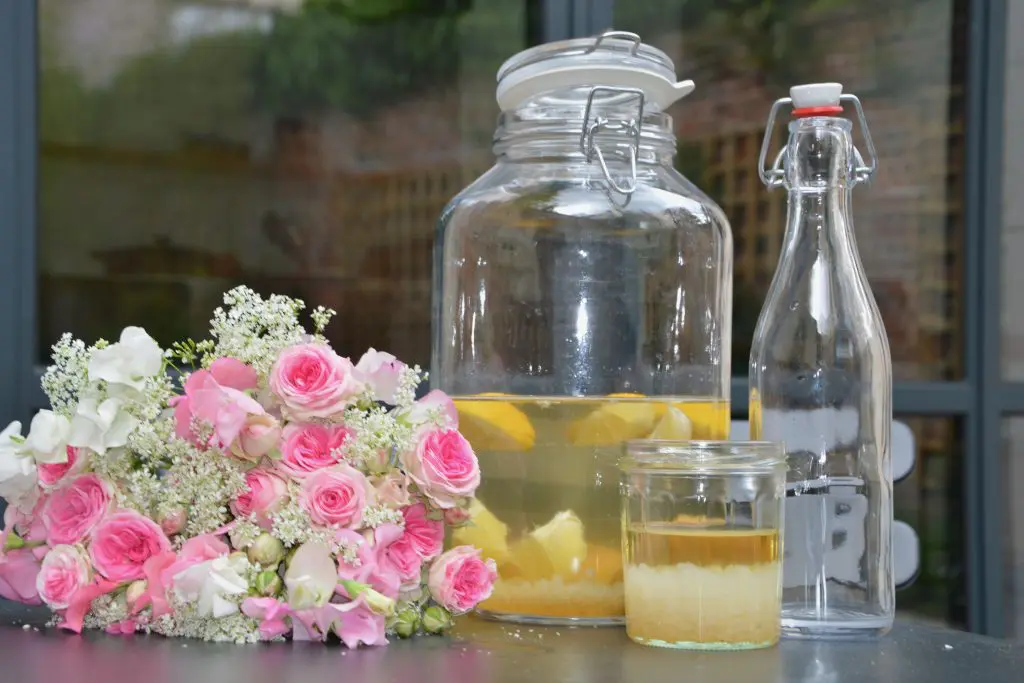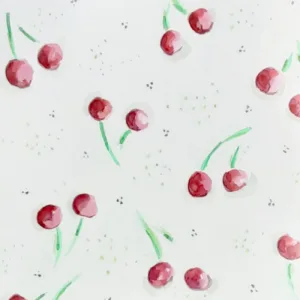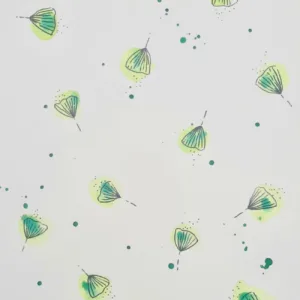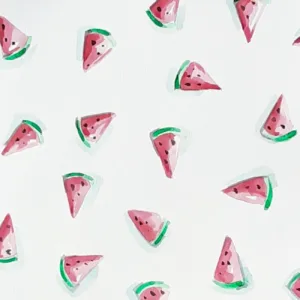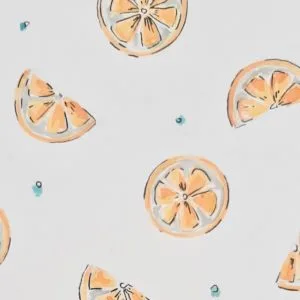Water kefir seeds look like a cluster of clear lumps. They have a jelly-type look. You need to handle them with care when you store them as they are delicate organisms. The seeds are made of live micro-organisms and are loaded with yeasts and lactic bacteria. They develop and propagate in a sweet watery environment which makes it easy to share and give out to people around you. They are not to be mistaken with the milk kefir.
HOW TO MAKE SURE YOU ACTUALLY GET QUALITY SEEDS? HERE ARE SOME CLUES THAT COULD HELP YOU:
-if the person who gives you the kefir seeds has had them for over a month and is regularly using them to make fruit kefir with fig and lemon water, that’s a good start. Avoid the seeds that were used to test other recipes, as the purifying virtues will be lessened.
-You have enjoyed tasting a fruit kefir and the person who has prepared it gave you a few samples to take home. This is how I started. Thank you, Christine, for your generosity 😊
-The kefir seeds you receive have to be transparent, just a tiny bit crunchy and soft as a jelly. In that case, it is perfect. They should not have any aroma, nor look yellowish or slimy. If it is the case, they will be of no use, just discard them.
HOW TO STORE KEFIR SEEDS
Ideally, put 100g kefir seeds you have previously rinsed in a marmalade jar with one tablespoon of light brown sugar, fill ¾ of mineral water and tightly close it with the lid. This preparation can be stored in the refrigerator for up to 2 weeks as kefir seeds hibernate at a temperature of 4°C. Repeat this procedure every week or every other week if you haven’t had the opportunity to use them but do not exceed a period of 6 months. If so, just throw them away. Choosing a dehydration or freezing solution is not ideal as the successful awakening process is not guaranteed. I haven’t tried yet so I cannot give you personal feedback, but if you search on the internet, you will find more details.
BUT WHAT IS ACTUAL FRUIT KEFIR?
This beverage is an ancient refreshment also named water kefir. Its fermentation process produces this refreshing, slightly sparkling, beverage. The traditional recipe made with lemon and fig has a lemony taste and feels like a light sparkling lemonade, although not so sweet. Gluten-free as well as lactose-free, fruit kefir is loaded with vitamins and minerals. This beverage has purifying and digestive properties all beneficial to your gastrointestinal tract. It is recommended to have one glass every morning on an empty stomach, or as a special treatment for a short period when you are on a health-conscious program, or even just for the pleasure.
The fruit kefir recipe
We recommend glass, stainless steel, plastic or wooden containers. Aluminium is prohibited. All ingredients are to be at room temperature, in a clean environment, with no special scent prevailing in the air.
Ingredients
UTENSILS
-a large glass container
-small glass bottles such as beer or soft drink bottles with a screw or a clip-on cap
-a funnel
-a strainer
-a cutting board
-a knife
INGREDIENTS
3 TBS quality kefir seeds
4 TBS light brown sugar
1 organic lemon with or without the skin (that is up to you) and cut in 4 pieces
4 organic dried figs
2L of water: spring or mineral water is recommended but tap water is suitable too. In this latter case, let the water sit 24 hours before use for the chlorine smell to disappear as the kefir seeds are sensitive to scents.
Directions
- Step 1 Take the kefir seeds out of the fridge and rinse then drain them. Place the kefir grains in a large container with the water, the pieces of lemon, the sugar, and the figs. Stir all the ingredients together but do not put a cap on, as pressure will develop. Leave the preparation at room temperature, away from direct sun rays, and cover with a clean kitchen cloth. If the room temperature varies between 15 and 20°C, check your preparation 24 hours later. When the figs are swollen with gas, thus floating at the surface (24 to 48 hours later) and a one cm-thick layer of foam covers the top, your fruit kefir is ready. The fermentation process is ready depending on your liking: the longer you let it sit, the bubblier and stronger in taste it gets. If the outside temperature is high, the fermentation will take little time, below 15°, it will be slower.
- Step 2 Drain the preparation, pour the water in the bottles, and tightly screw or clip the caps on so it can hold the gas pressure. Leave them at room temperature for more or less 24 hours before storing them in the refrigerator. Take the figs out and throw them away as well as the lemon bits and save the kefir seeds. By that time, the seeds will probably be twice as large. Rinse them, roughly remove the useless bits and pieces, and store the seeds in a jar with a little bit of sugar and water, put the lid on. My advice is to regularly taste the beverage until it reaches the taste that will suit you, and only then, store the bottles in the refrigerator. Fruit kefir is best when used within the next 3 to 4 days. If you wait longer, the taste will be altered as it will turn into an alcoholic beverage.


